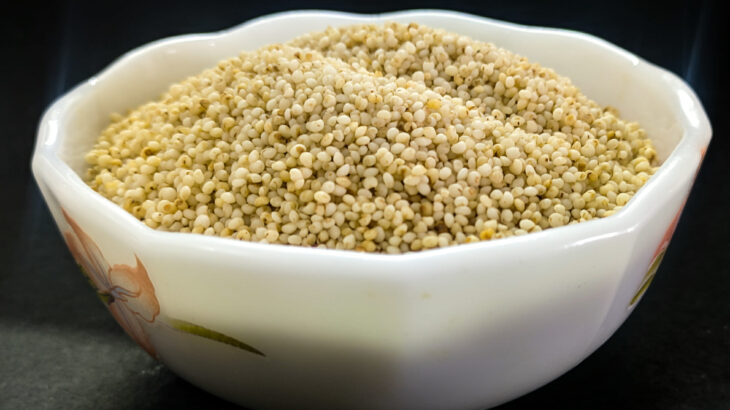Green Calendar – January
Welcome to another year! We at the Green Office hope you had a great holiday and are refreshed for period 3. And what better way is there to start a new period (especially when the year is new as well) than marking dates on a blank calendar?
So, grab your green calendar, and let us begin!
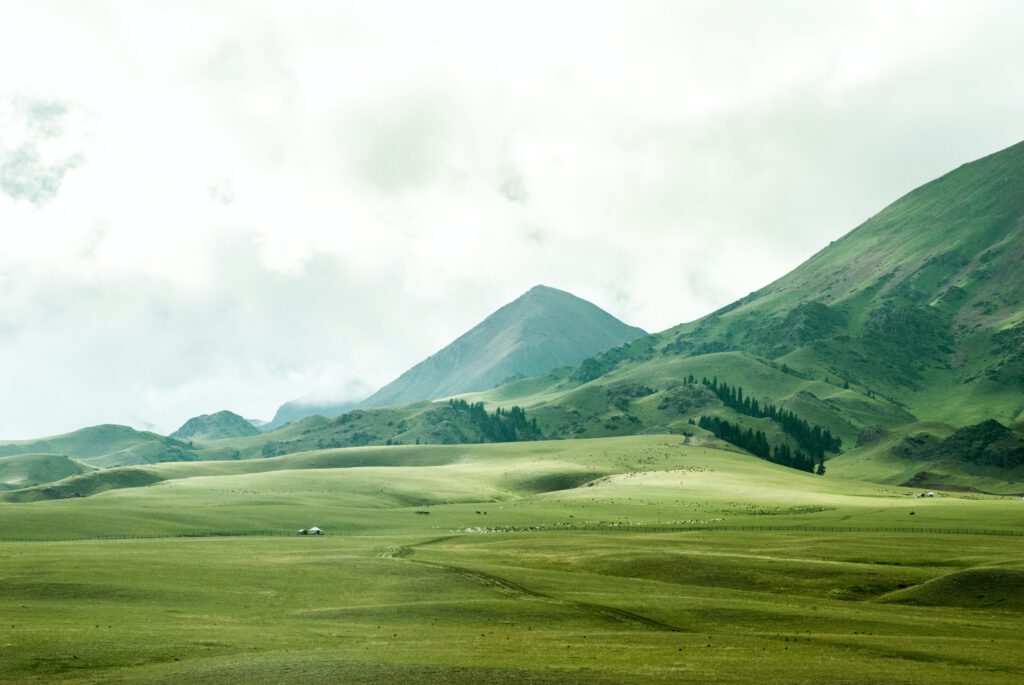
2023 – International Year of Millets
(This one may prove hard to mark on a calendar, but that doesn’t diminish its importance.)
Millets are grasses with small seeds, grown around the world as cereal crops or grains for fodder and human food. Common millets include sorghum, pearl millet, finger millet, little millet, foxtail millet, and proso millet. Most millets belong to the tribe Paniceae, but there are some that belong to various other taxa. They are important crops in the semiarid tropics of Asia and Africa (especially India, Mali, Nigeria, and Niger), with 97% of millet production taking place in developing countries.
In fact, the idea of giving millets a year of their own was brought up by India. The proposal was accepted by the UN General Assembly at its 75th session in March 2021. The IYM 2023 is an opportunity to raise awareness of the health benefits of mullets and their suitability for cultivation under changing climatic conditions, as well as direct policy attention to the same. This is the year to promote the sustainable production of millet and popularize its consumption!
The goals of IYM 2023 also tie in closely with the UN Sustainable Development Goals (SDGs), especially SDG 2 (Zero Hunger), SDG 3 (Good health and well-being), SDG 8 (Decent work and economic growth), SDG 12 (Responsible consumption and production), SDG 13 (Climate action) and SDG 15 (Life on land). Quite a lot of them, don’t you think?
What can I do?
· Prepare a meal using millet. (Or even better, host a potluck!) It can be anything from casserole to porridge or even salad. Simply search on the net, and you will be amazed by the wide variety of new dishes that await discovery.
· Organize a fun and informative event. The IYM 2023 Communication Handbook and Toolkit issued by UN FAO has plenty of ideas and suggestions.
· Spread awareness. You can even join the online discussions with the official hashtags #IYM2023 and #YearofMillets.
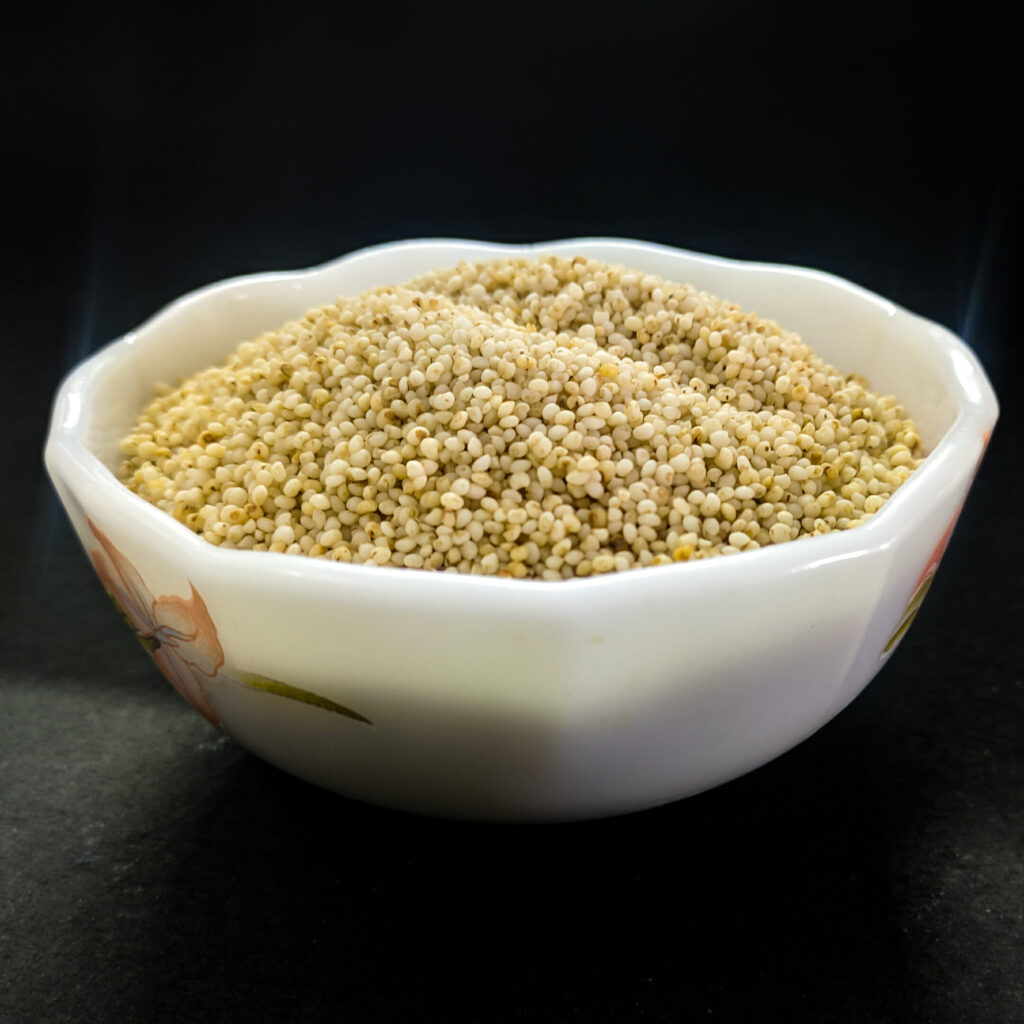
January – Veganuary
Veganuary is an annual challenge run by a non-profit UK organization (veganuary.com), encouraging people all over the world to follow a vegan lifestyle for the month. The event was founded by Jane Land and Matthew Glover. It was held for the first time in January 2014. Since then, the number of participants signing up has been increasing every year, with a massive 706,965 participants in 2023! Read more about the statistics of Veganuary here!
What can I do?
· You can officially join the campaign by signing up at veganuary.com. Participants receive a cool starter kit (https://veganuary.com/wp-content/uploads/2022/09/UK-The-Official-Veganuary-Starter-Kit-2023.pdf) with restaurant guides, product directories, and a recipe
database. They also receive daily support emails to help them stick through till the end of the challenge.
· Hate washing dishes? Fret not! This January (and hopefully for the rest of your life too) you can try out these simple vegan meals (https://veganuary.com/wp-content/uploads/2022/12/Veganuary-One-Pot-Meal-Plan_2023.pdf), each prepared in just one pot!
· Hold a tasting session for your non-vegan friends. Your friends may be surprised at just how many everyday food items are actually vegan (or have vegan alternatives).

20 January: Take a Walk Outdoors Day
Take a Walk Outdoors Day is a day to…take a walk outdoors. It is the perfect chance to get some exercise and breathe in the fresh air, all the while enjoying the scenery of the beautiful city that is Wageningen.
Early morning is one of the best times to go for a walk, especially if you want to absorb vitamin D. Other benefits of walking outdoors include an improved mood (exercising prompts the body to release endorphins which trigger positive feelings) and emotional health, lower risk of lung cancer (by as much as 30% if you walk every day!), and last, but not least – it’s fun!
(And while we are talking about walking, did you know that the Romans came up with the concept of a mile by walking? According to them, one mile was equivalent to a thousand military steps. How many steps do you need to cover a mile?)
What can I do?
· Spend fifteen minutes walking outside. Go for a walk tomorrow too, and the day after that. A fortnight later, increase the duration of your daily walk to half an hour. Before you know it, walking (outdoors) will become an integral part of your daily routine. (And you’ll be so much happier and healthier for it!)
· Check out an unusual site. Have you walked down Dennenakker-Dorschkamp yet? How about Wandelroute Blauwe Kamer? (Interested and want to know more? Or perhaps you’ve been here already and wish to explore new trails? Whatever the reason, be sure to check out https://www.alltrails.com/.
· Help someone who can’t walk, whether it be a baby in a pram or a person in a wheelchair. Spend time with them outdoors. It is certain to light up their day – and yours too.
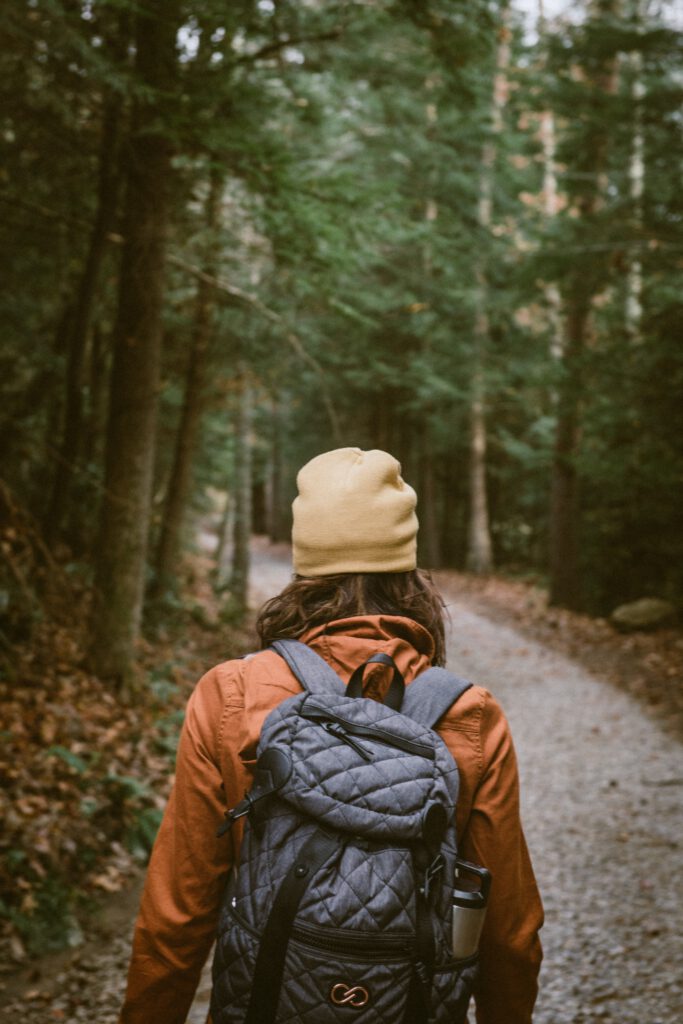
31 January: International Zebra Day
Zebras are African equines with distinctive black-and-white stripes (white on black) which are unique to individuals. The stripes help camouflage them by distracting and confusing predators such as lions.
There are three species of zebra alive today: the Grévy’s zebra (Equus greyvi), the plains’ zebra (E. quagga), and the mountain zebra, (E. zebra). They live in eastern and Southern Africa, and inhabit a variety of habitats – savannahs, grasslands, woodlands, shrublands, and mountainous areas. They are primarily grazers and can subsist on lower-quality vegetation. They thus help the local ecosystem by grazing on the grass that is too tough for other species to digest.
Unfortunately, these dazzling creatures are not as abundant as they once were; all three species are on the IUCN Red List. The plains zebra is near threatened, the mountain zebra vulnerable and the
Grévy’s zebra endangered. They are threatened by hunting, competition with livestock, and habitat loss due to human encroachment and agricultural practices.
What can I do?
· Raise awareness. Once again, one of the most important things that can be done is to spread awareness. Tell your friends and family an interesting fact (did you know a group of zebras is called a dazzle?), but more importantly, don’t neglect to mention that they are a threatened group and that a subspecies was driven to extinction as recently as the 19th century. We do not want history to repeat itself.
· If you wish to do more, consider donating to organizations that work towards the welfare of zebras, such as the World Wildlife Fund and the Wildlife Conservation Society.
· Dress up in black and white. You could even wear a zebra print outfit!
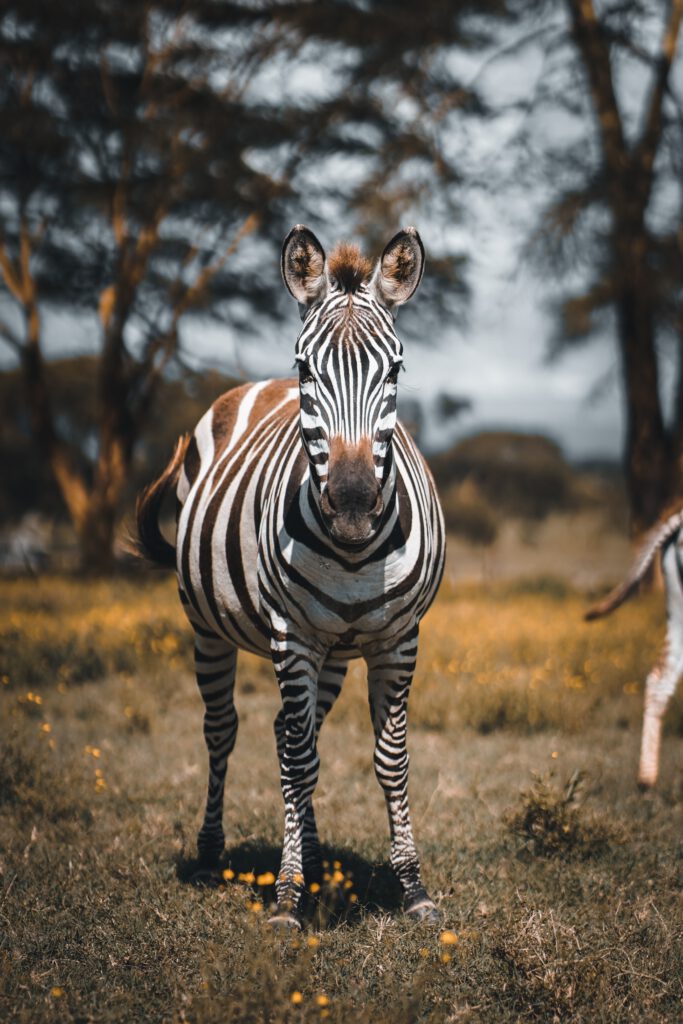
Written by: Roy Shirsho Chowdhury
